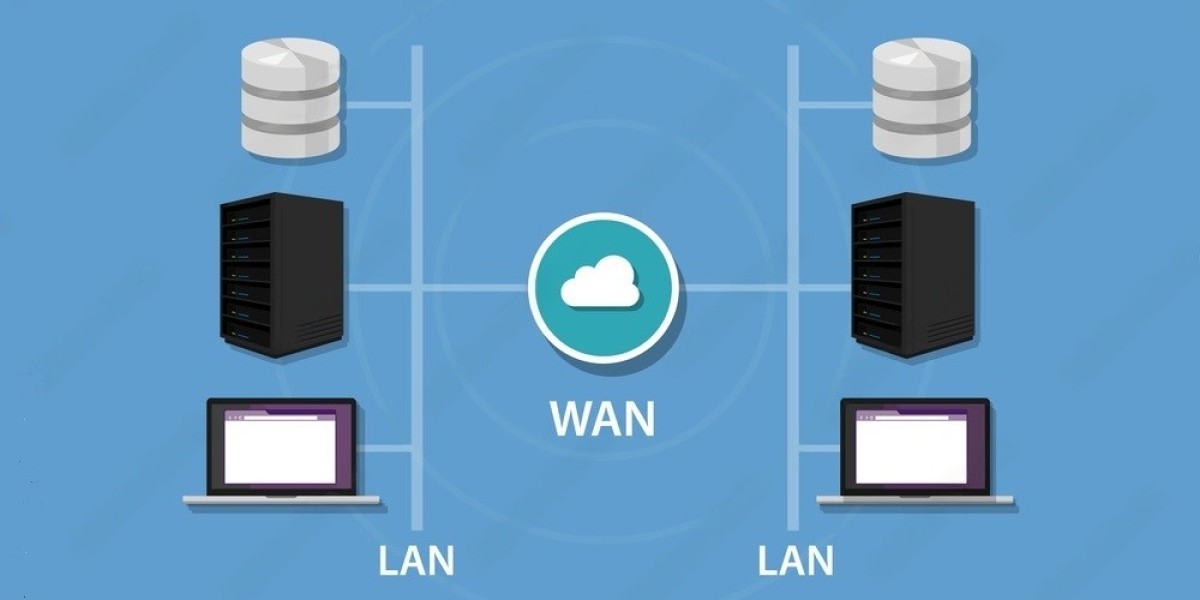By preventing unauthorised access, data breaches, and other security concerns, network security is essential to the development of a stable Local Area Network (LAN). In order to create a strong and secure local area network (LAN), it is important to consider the following important components of network security:
Access Control: Setting up access control procedures makes it possible to limit access to the network and its resources to those who are permitted to do so. Strong passwords, user authentication, and secure access protocols like Wi-Fi Protected Access (WPA) or Virtual Private Network (VPN) for remote access are some of the methods used in this. Access control stops unauthorised people from accessing private data or jeopardising the security of the network.
Intrusion Detection/Prevention Systems (IDS/IPS) and firewalls: In order to protect the local area network (LAN) from external networks, firewalls monitor and regulate all incoming and outgoing traffic in accordance with pre-established security standards. They aid in the prevention of network-based assaults and the blocking of illegal access attempts. By continually observing network traffic for indications of intrusion or malicious activity, IDS/IPS systems work in conjunction with firewalls to detect and perhaps stop such instances.
Network segmentation: By separating sensitive or crucial systems from other network components, dividing the LAN into distinct network segments or VLANs (Virtual Local Area Networks) enhances security. In this manner, the impact of a compromised section can be confined, lowering the possibility of lateral attacker movement. Moreover, network segmentation makes it possible to deploy more precise security measures.
Data exchanged over the LAN is secure and confidential thanks to the use of encryption. It entails encoding data in a way that only authorised recipients may decode. Data is frequently encrypted during transmission using secure protocols like Transport Layer Security (TLS) or Secure Sockets Layer (SSL), preventing it from being intercepted or altered.
Frequent Patching and Updates: It's important to keep network equipment, operating systems, and software programmes updated with the most recent security patches. Patching fixes known vulnerabilities and guarantees that any security holes are corrected right away, lowering the possibility of attacker exploitation.
Network Monitoring and Logging: Setting up reliable logging and monitoring systems makes it easier to track down and analyse network activity, spot potential security problems, and look into security breaches. Administrators can detect suspicious activity immediately, spot patterns, and take the necessary precautions to reduce risks by keeping an eye on network traffic, system logs, and security events.
Employee Education and Awareness: Social engineering assaults and human mistake continue to pose serious risks to network security. It is crucial to inform staff members on best practises, secure email procedures, safe browsing habits, and the dangers of phishing, malware, and unauthorised device connections. The possibility of security events brought on by human error can be decreased with the support of regular training programmes and awareness campaigns that help foster a security-conscious culture inside the business.
Organizations can greatly improve the security and resilience of their LANs by putting these network security procedures into place. Using a tiered approach to network security is crucial, combining various security techniques, and routinely evaluating and updating security measures to respond to emerging threats and vulnerabilities.
 " class="wow_main_float_head_img">
" class="wow_main_float_head_img">







